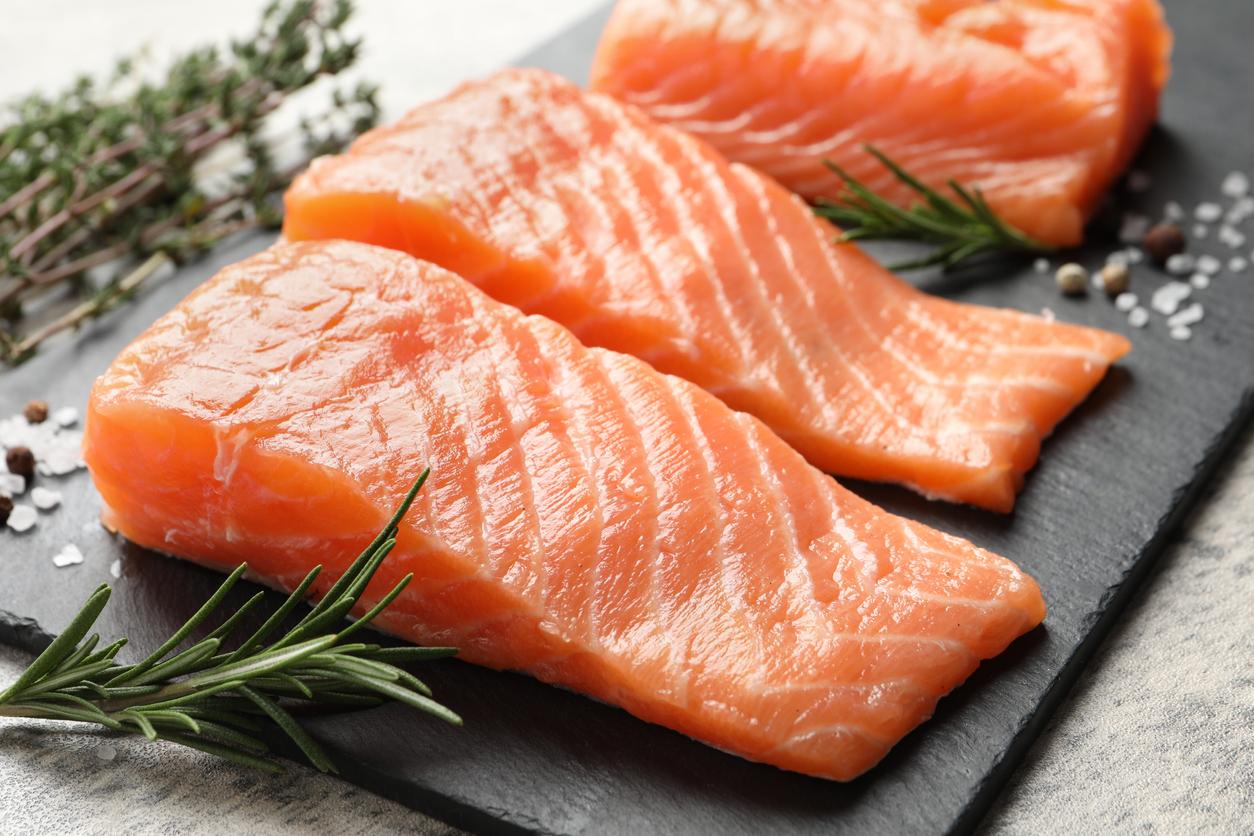August 16, 2004 – A study1 reveals that farmed salmon contain a higher amount of flame retardants than wild salmon. These products are potentially harmful to human health.
A team of American researchers at Indiana University analyzed samples from more than 700 farmed and wild salmon from around the world for levels of polybrominated dyphenyl ethers (PBDEs). According to this research, the toxic contamination attributable to PBDEs in European farmed salmon was higher than that of North American salmon. On the other hand, it was the farmed salmon from Chile that contained the least.
Animal studies have previously linked EDPBs to adverse effects on the nervous system and hormones. EDPBs have the property of retarding combustion and are used in the manufacture of electronic parts, plastics and fabric covers for furniture. Toxic waste resulting from the disintegration of EDPBs accumulates in the environment, infiltrating in particular into waterways.
The food of farmed salmon, based on oil from other fish species, could be a source of contamination. Salmon are oily fish and it is in the fat that toxins accumulate more easily.
These results echo those of another study, published last January in the journal Science. The latter had demonstrated a higher concentration of polychlorinated biphenyls (PCBs) in farmed salmon than in wild salmon. The researchers in this study recommended that consumers eat farmed salmon only once a month. However, Health Canada had decided that it was not necessary to recommend a change in the diet of Canadians. Health Canada maintains the same advice in light of the results of this most recent study on PBDEs.
Experts disagree on how to calculate the acceptable risk for determining consumption of farmed salmon. On the one hand, we say that there is enough doubt to restrict its consumption and on the other hand we say that even if the quantities of toxins are higher in farmed salmon than in wild salmon, they remain in below standards deemed acceptable for human consumption.
Additionally, some experts believe that the presence of health-promoting nutrients such as omega-3s weighs more heavily in the balance than the possible detrimental effect of trace chemicals found in salmon flesh.
Marie france Coutu – PasseportSanté.net
According to CTV
1. Hites RA, Foran JA, et al, Global Assessment of Polybrominated, Diphenil Ethers in Farmed and Wild Salmon, Environmental Science & Technology, 2004. Study available on the Internet at www.salmonstudy.org (site visited on August 16, 2004)














